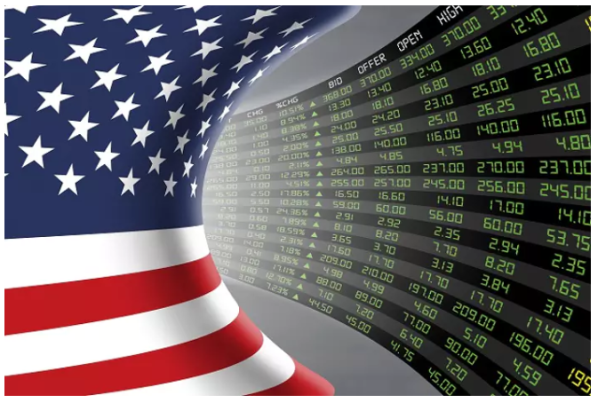
Mixed Messages Over Inflation Fears from the Key Asset Classes
Last week, U.S. stocks closed higher, Treasury bonds finished lower (yields up), gold settled higher and the U.S. Dollar Index closed lower.
That‘s quite a mixed because conventional wisdom usually steers us to believe that rising yields are good for the dollar, a bad for stocks and gold. We’re not sure it means anything yet, because it could just be signaling position-squaring ahead of Fridays Non-Farm Payrolls report and a long U.S. holiday weekend.
Gold investors seem to be particularly confused, not necessarily by the price action, but because they seem to think the market should be rallying because Friday‘s PCE inflation report showed the biggest jump in almost 30 years. What they don’t get is that one, the number was not a surprise, and two, it‘s based on last month’s data, which may already be moving lower.
Treasury bonds moved lower for the week, which means yields moved up. CNBC said the 10-year U.S. Treasury yield rose on Friday “after a jump in a key data indicator of inflation.”
But CNBC also wrote that “U.S. stocks rose on Friday with the S&P 500 building its rally to records, as investors bet that higher inflation will be temporary as the economy continues to recover from the pandemic.”
CNBC also said that “Gold edged higher on Friday after stagnant U.S. consumer spending tempered bets for early monetary policy tightening by the Federal Reserve, setting bullion on track for its first weekly gain in four.”
Fed Officials May Not Be on the Same Page
Fed comments also contributed to the mixed trading results. It also started on Tuesday when U.S. Treasury yields dipped slightly as investors digested Federal Reserve Chair Jerome Powell‘s bullish comments on economic recovery in a testimony to Congress. The Fed Chair also said factors pushing prices higher should retreat over time and that he expects inflation to fall back toward the central bank’s longer-run goal.
Powells comments seemed to go against remarks by St. Louis Fed President James Bullard who said on June 18 that he was one of the FOMC members who thinks a rate hike in 2022 would be appropriate. His comments were followed by Dallas Fed President Robert Kaplan who said Monday he is more focused on reducing the pace of bond purchases – tapering – for now, and sees the rates question as one to be answered another day.
On Wednesday, two Federal Reserve officials said that a period of high inflation in the United States could last longer than anticipated, a day after Fed Chair Powell played down rising price pressures.
Investors React Differently to PCE Index Data
We know from the PCE Index and the Consumer Price Index that there is inflation. The May reports are already stale data, which is probably why we saw a muted reaction in the financial markets on Friday.
Although the reaction was dampened, we may have seen emerging signs that stock market and gold traders are banking on diminished fears over inflation. In other words, they are siding with Federal Reserve Chair Jerome Powells assessment that high inflation is only “transitory”.
If there were fears of runaway inflation then the stock market would be discounting the event by moving lower.
As far as gold investors are concerned, they have to erase the old school thinking that inflation drives the market. The recent price action has shown us that gold investors are more concerned about rising interest rates than they are about inflation. What Friday‘s PCE index showed us was that inflation may be under control and the Fed may not have to raise rates too quickly. In my opinion, that’s why gold strengthened.
With the latest inflation data out of the way, traders will now shift their focus to Fridays U.S. Non-Farm Payrolls report. If inflationary fears continue to weaken then this report could set the tone of the major asset classes for the month.
The labor market has been struggling to gain traction and we may be rapidly approaching the point where the Fed actually acknowledges that millions of jobs lost during the pandemic will not be coming back.
A weak labor market coupled with peaking inflation could mean the Fed wont have to raise rates sooner than 2023.





